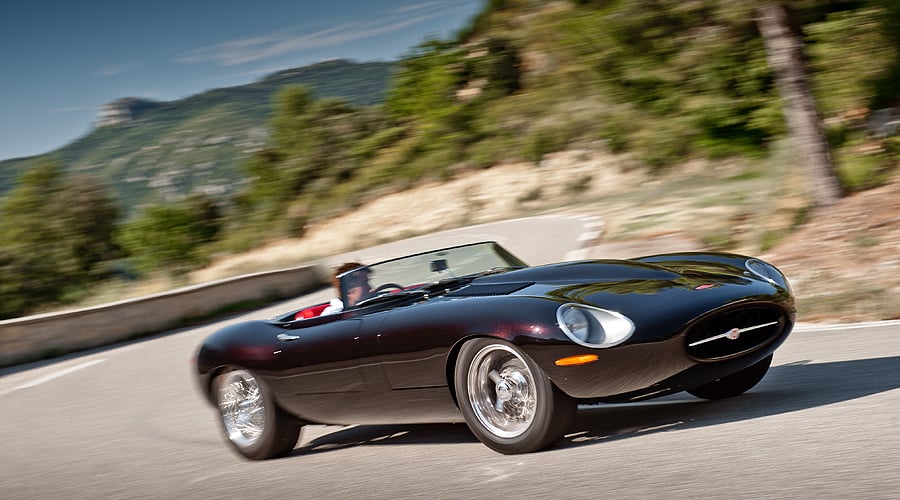
There are three things in life I've always vowed never to do: make a parachute jump (unless forced), eat a salt beef sandwich or buy a Jaguar E-type, writes Simon de Burton. The reason for the first is fear of dying, the reason for the other two is that I'm sure the experience will fail to live up to expectations.
The E-type theory has been given credence in the past during drives of admittedly ropey specimens, which have proved a bit rattly, a bit soggy and not at all like the sort of cars in which anyone of sound mind would be tempted to discover whether or not that nominal top speed of 150mph is really attainable.
Now I've not just changed my mind, but made a complete volte-face. I want an E-type, possibly more than any other car I've ever seen or driven – but not one of the ones made by Jaguar.
If you've already taken a closer look at the shots of the car on this page, you'll have noticed that it’s an E-type, but not as we know it. Because this is what could fairly be described as the E-type for the 21st Century – the jaw-droppingly handsome and, at a remarkable £550,000, shamelessly pricey E-type Lightweight Speedster which has been designed and developed to near perfection by Paul Brace, part of the team at Eagle, a UK company owned and run by E-type guru Henry Pearman.
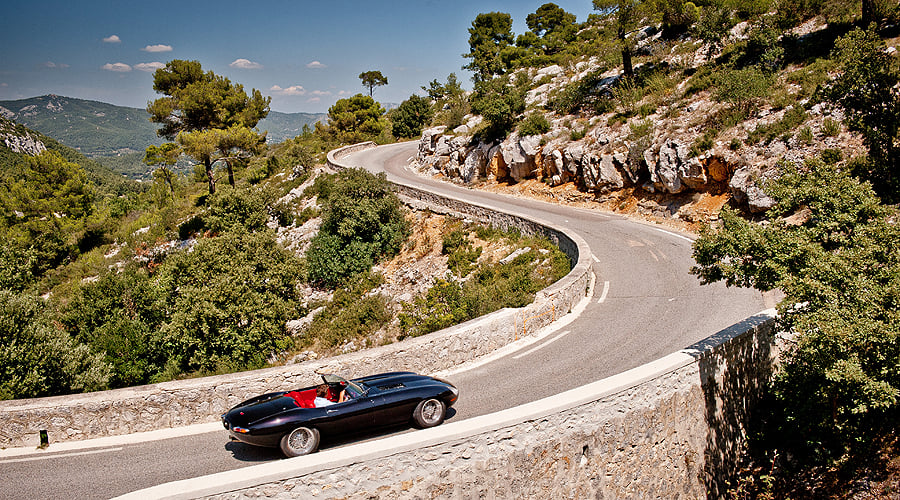
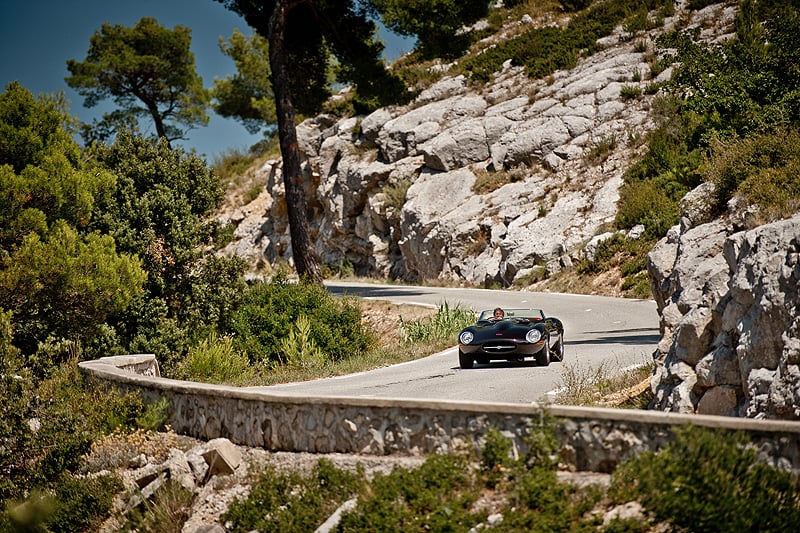
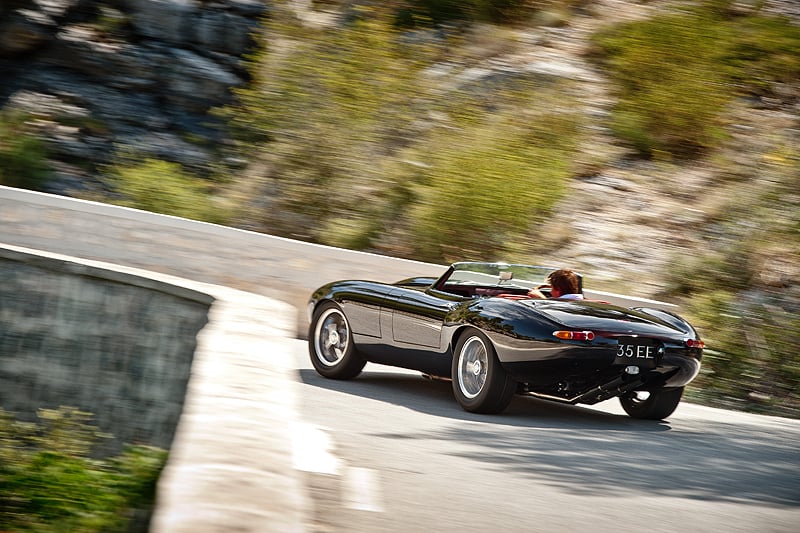
Built on an original E-type chassis, the Speedster has a subtly redefined body made entirely from aluminium; its alloy engine, a specially developed version of Jaguar's legendary six-cylinder XK unit, has been bored to 4.7 litres and produces around 310 horsepower which is delivered to the specially made rear wheels through a bespoke, five-speed, aluminium gearbox and aluminium diff.
Improvements that owners of original E-types could only have dreamed of include electronic fuel injection, subtly integrated air conditioning, electric power steering, an entirely redesigned suspension – and, best of all, a weight of just 1008kg which results in true supercar performance.
To look at, the car is simply stunning with its low, wraparound windscreen, gently bulging flanks and minimal, bumperless extremities. To drive, it is pretty sublime with a 'one piece' feel that no standard E-type ever achieved.
There are no shakes or rattles; the engine is smooth and almost unfeasibly tractable at low speeds, yet rev-happy and thrilling when the power is unleashed; the gearbox is positive yet slick and the handling unfeasibly good. And the sound? A suitably feline purr at low revs, giving way to a rasping growl the like of which I last heard from behind ear defenders in the passenger seat of Adrian Hamilton's '53 Le Mans-winning C-type.
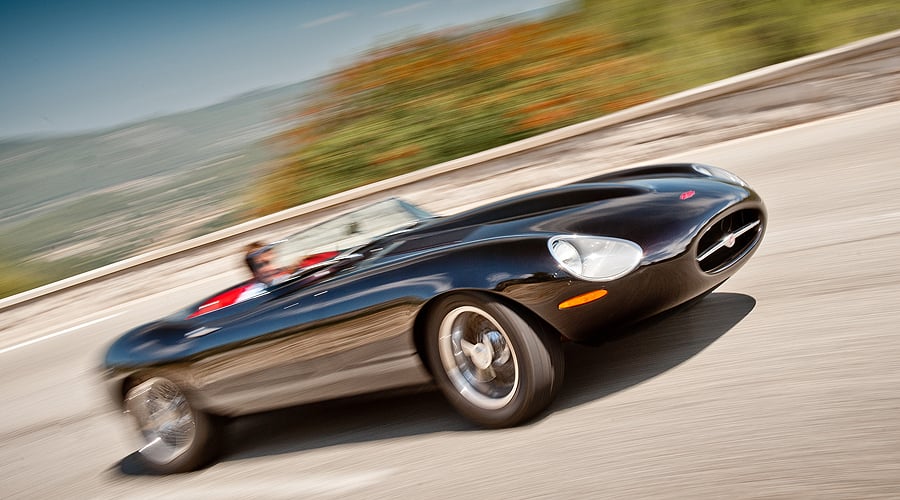
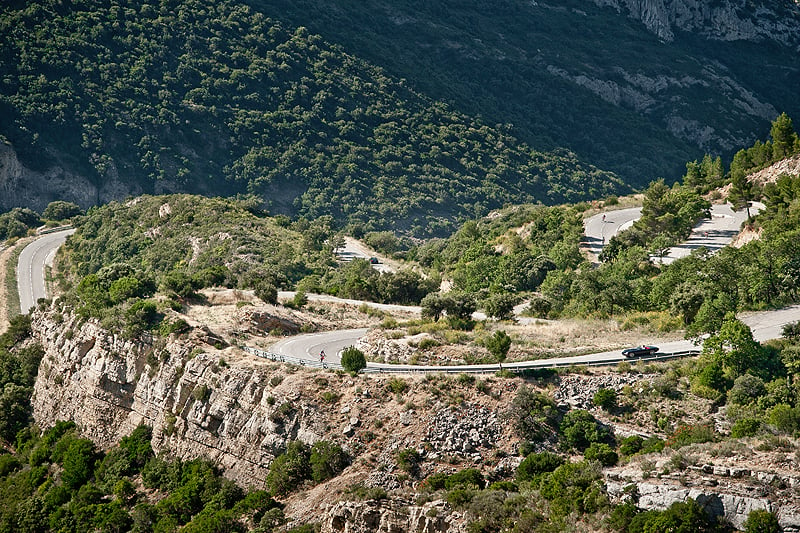
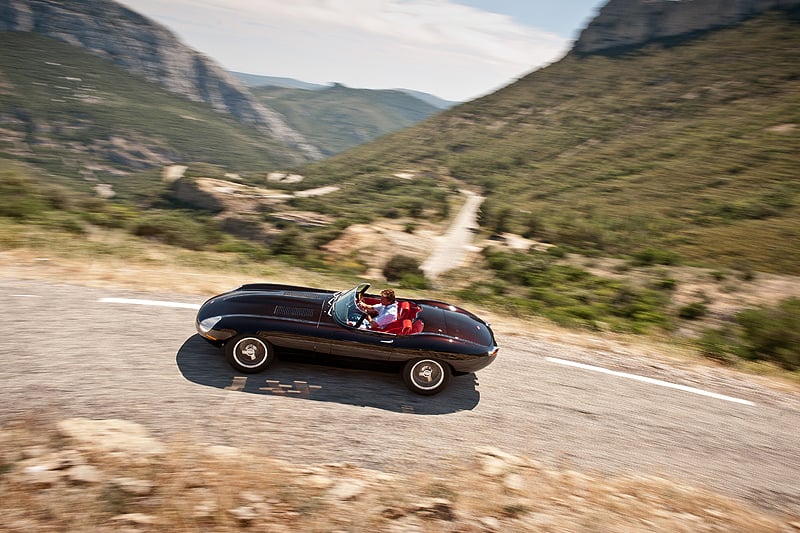
It's probably no exaggeration to say that the Eagle Lightweight Speedster is the ultimate development of the E-type to date – and it comes as little surprise that it has emerged from Eagle, because Pearman and his 14 craftsmen in East Sussex have been buying, fixing, building and improving nothing but E-types for almost 25 years.
The firm's core business involves sourcing excellent, original cars and selling them to clients who can then call on Eagle's experience to have them stripped to the last nut and bolt and remanufactured with one or more of a series of enhancements that can make an E-type into a reliable and useable bespoke classic for the modern world – essentially creating a car that is far nicer to drive and far more practical to own than it ever was in period.
Sorry, purists – but it's true.
A typical Eagle restoration takes around 4,300 man hours to complete and, during the rebuild, a car can be modified and upgraded to individual specification using the knowledge and experience that Pearman and his team have accrued through the 30 or so vehicles they have completed since the business started. "We are not," as he puts it, "on a voyage of discovery."
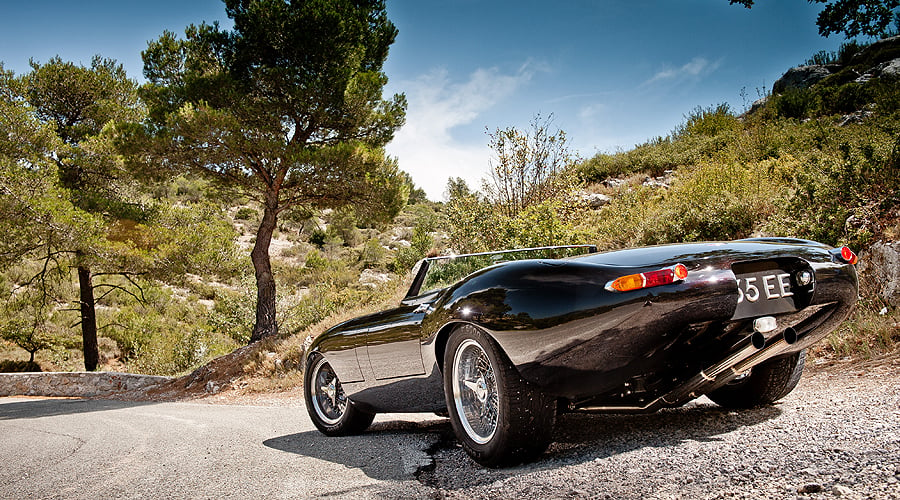
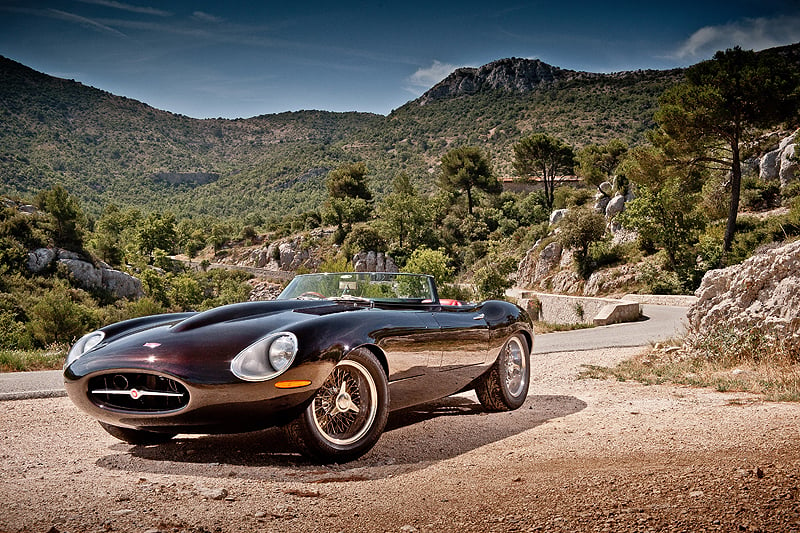
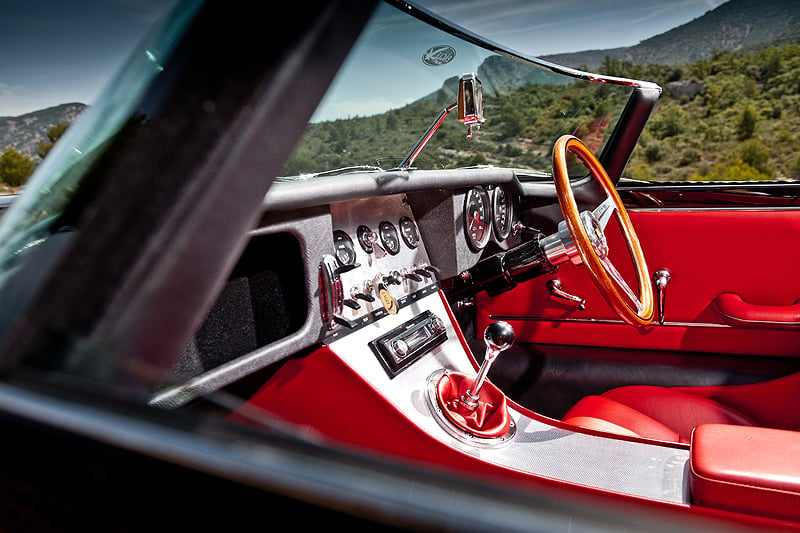
Such expertise certainly doesn't come cheap and a turnkey Eagle E-type will set you back the difficult-to-comprehend sum of £295,000 – plus the cost of what Pearman calls the 'base car' from which it will be constructed. Satisfied clients include architect Sir Norman Foster and dancer Michael Flatley (so what, I hear you say) and Formula One driver and commentator Martin Brundle (kudos).
"Although there are numerous E-types on offer which are said to be in 'excellent' condition or even 'concours', we wouldn't want to go near 90 per cent of those on the market at any one time – only when you know these cars intimately do you appreciate just how bad they can be," says Pearman, not very encouragingly for innocent E-type shoppers.
"We keep a stock of around 25 cars, many of which are sourced from California and have benefited from the dry climate. Starting with one of these as a base, we can carry out a ground-up restoration enhanced by the range of tried and tested modifications which we have developed over the decades. They're offered on a 'menu' basis, so clients can choose as many or as few as they wish."
The high specification and impressive attention to detail that make an Eagle E-type do, however, make the build process somewhat lengthy and it was an attempt to appease a slightly impatient customer that brought about the creation of the original Speedster.
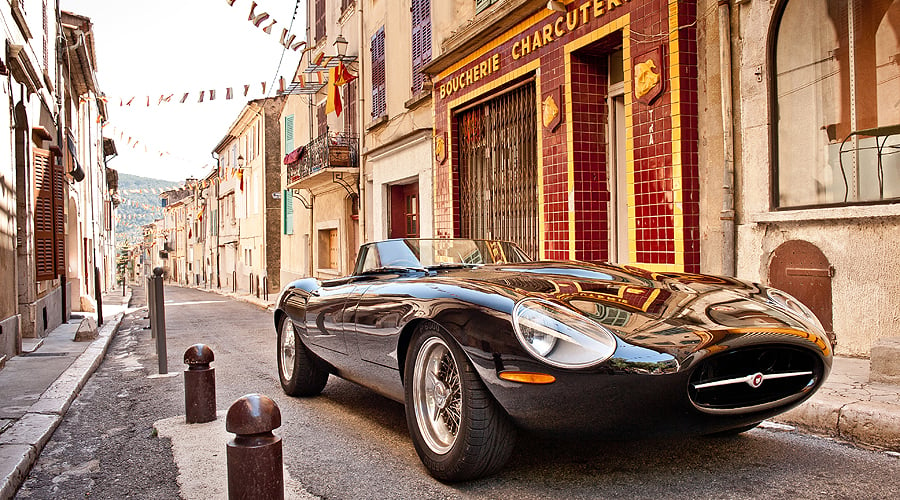
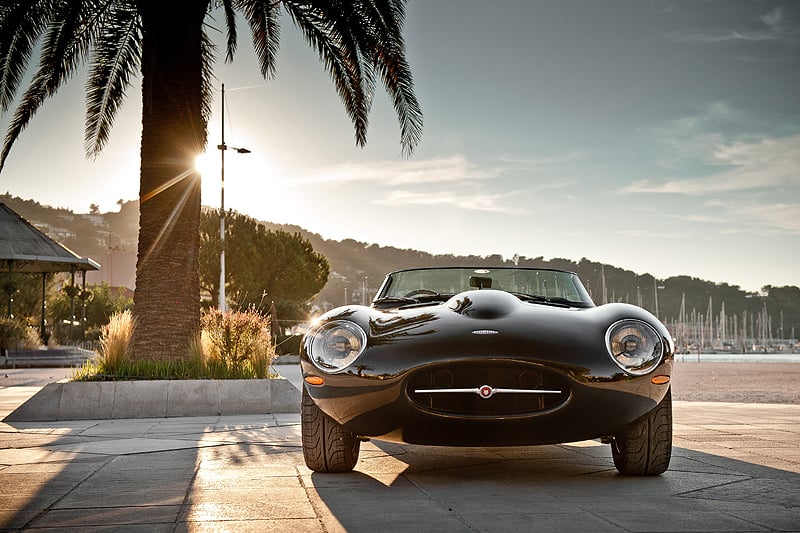
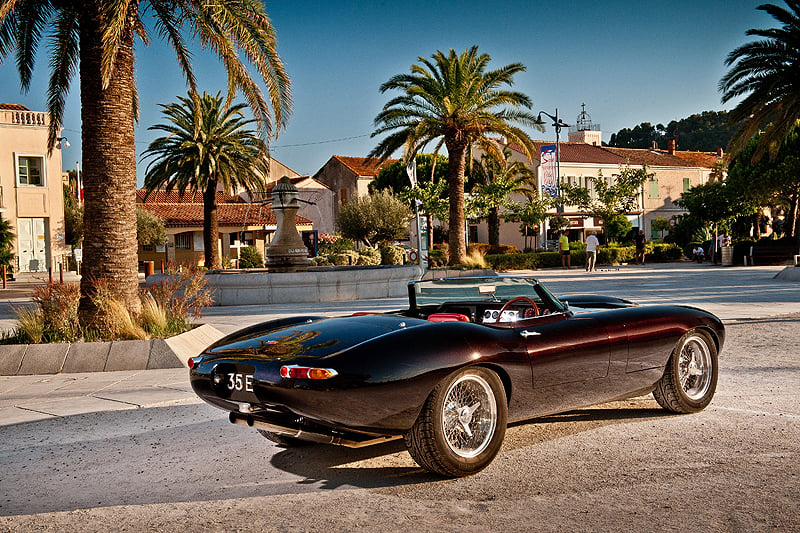
"The client was a surgeon from the U.S. who originally asked for a regular E-type Roadster," explains Eagle's design technician Paul Brace.
"We explained that there was a two- or three-year waiting list but that, if he wanted, we could do something extra special. He came up with the idea of the pared-down 'speedster' look and I produced a few sketches for him – which, surprisingly, proved to be extremely close to the look of the finished car.
"The buyer had a huge amount of input in the detail, even down to redesigning the Jaguar image on the horn push. We had spent from 2002 to 2007 just developing the car, and it was eventually finished in 2009. The original intention was that it would be a one-off, but it inspired us to create the Lightweight Speedster as a homage to the 12 aluminium race cars, the 'lightweight' E-types, that Jaguar built in 1963.
"We started with a 1965 car and it can still be considered a genuine E-type – it has the original chassis and registration mark – but virtually everything is modified. The body is hand-wheeled in aluminium and is quite different from that of a normal car. As a result, a completely new windscreen had to be designed which alone required £20,000-worth of investment to develop.
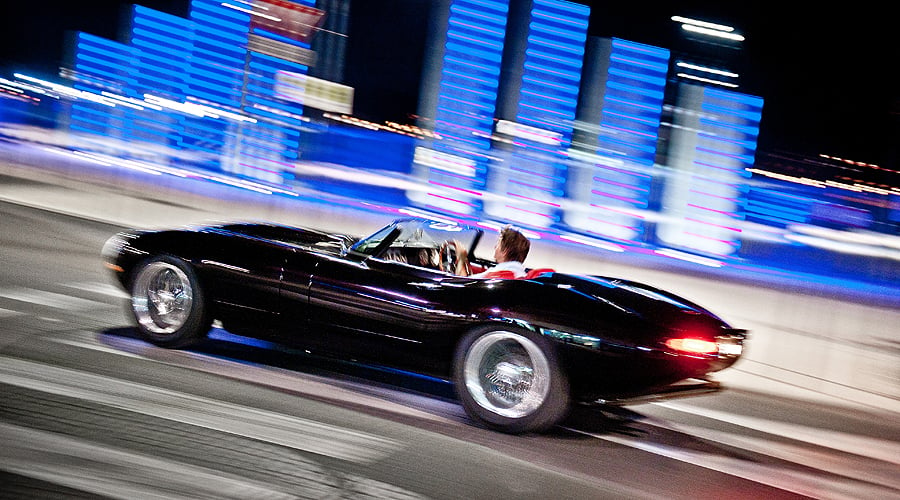
"It might seem difficult to believe, but £550,000 is virtually what the car cost us to build," adds Brace. "As a result, there will only ever be a very limited number due to the small size of the company and the fact that each and every one will be built to order, making them extremely exclusive."
The car I drove is not officially for sale (although we all know that everything is, for the right price) but a second version is now in production, in addition to a far more practical interpretation based on a Low Drag Coupé that promises to be a real high-speed continent crosser – but if you want that roof, you'll have to stump up an extra £45,000.
I can't afford either version. But I'm quite tempted to try a salt beef sandwich.
Eagle E-Types – telephone: +44 (0) 1825 830 966, email: [email protected]. www.eaglegb.com. Lightweight Speedster dedicated site: www.jaguarspeedster.com
Text: Simon de Burton
Photos: James Lipman














